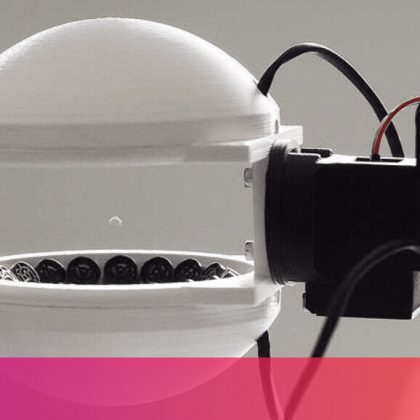Need to trust the thrust — “Many of the elements of the propulsion system were overstressed.” Eric Berger – Jan 21, 2020 3: 55 pm UTC Enlarge / A close-up view of the Starliner capsule with its service module immediately beneath it.Trevor Mahlmann Nearly one month ago, Boeing completed the first orbital test flight of its Starliner spacecraft with a near-perfect landing at White Sands Space Harbor in New Mexico. The mission had to be cut short due to a well-publicized timing error that delayed the spacecraft’s service module from performing an orbital insertion burn. This caused the thrusters on board the service module, which provides power to Starliner during most of its mission, to fire longer than expected. As a result, the spacecraft did not have enough fuel to complete a rendezvous with the International Space Station, a key component of the test flight in advance of crewed missions. Since providing some initial information during a post-flight news conference, NASA and Boeing have gone mostly quiet about the investigation into the timing error. Two weeks ago, the space agency said it had initiated two investigations. One would find the root cause of the “mission elapsed timer anomaly” over the course of about two months, and the second will determine whether another uncrewed test flight of Starliner is required before astronauts fly on the vehicle. The NASA release did not mention thruster performance, but an agency source told Ars that engineers are looking closely at the performance of the Starliner propulsion system. In addition to four large launch abort engines, the service module has 28 reaction control system thrusters, each with 85 pounds of thrust and 20 more-powerful orbital maneuvering thrusters, each with 1,500 pounds of thrust. During the post-flight news conference Jim Chilton, Boeing’s senior vice president of the Space and Launch division, said the service module thrusters were stressed due to their unconventional use in raising Starliner’s orbit instead of performing one big burn. As a result, the company had to shut down one manifold, which effectively branches into several lines carrying propellant to four thrusters. “We even shut down one manifold as we saw pressure go low ’cause it had been used a lot,” he said. The NASA source said eight or more thrusters on the service module failed at one point and that one thruster never fired at all. In response to a question about thruster performance, Boeing provided the following statement to Ars: “After the anomaly, many of the elements of the propulsion system were overstressed, with some thrusters exceeding the planned number of burns for a service module mission. We took a few cautionary measures to make sure the propulsion system stayed healthy for the remainder of the mission, including re-pressurizing the manifold, recovering that manifold’s thrusters. Over the course of the mission we turned off 13 thrusters and turned all but one back on after verifying their health.” Abort demo Although it did not fly up to the altitude of the space station and perform
Read More
21January





